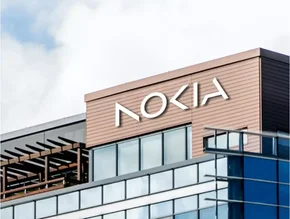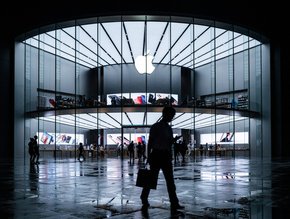5G Technology: How Does 5G Work?

What is 5G?:
5G is the fifth generation technology standard for cellular networks, which cellular phone companies began deploying worldwide in 2019, the planned successor to the 4G networks which provide connectivity to most current cell phones. G networks are cellular networks, in which the service area is divided into small geographical areas called cells. All 5G wireless devices in a cell are connected to the Internet and telephone network by radio waves through a local antenna in the cell. The main advantage of the new networks is that they will have greater bandwidth, giving higher download speeds.
The increased speed is achieved partly by using higher-frequency radio waves than current cellular networks. However, higher-frequency radio waves have a shorter range than the frequencies used by previous cell phone towers, requiring smaller cells. So to ensure wide service, 5G networks operate on up to three frequency bands, low, medium, and high.
How does 5G work?
Most operators will initially integrate 5G networks with existing 4G networks to provide a continuous connection.
5G network architecture illustrating 5G and 4G working together, with central and local servers providing faster content to users and low latency applications.
A mobile network has two main components, the ‘Radio Access Network’ and the ‘Core Network’.
The Radio Access Network - consists of various types of facilities including small cells, towers, masts and dedicated in-building and home systems that connect mobile users and wireless devices to the main core network.
Small cells will be a major feature of 5G networks particularly at the new millimetre wave (mmWave) frequencies where the connection range is very short. To provide a continuous connection, small cells will be distributed in clusters depending on where users require a connection which will complement the macro network that provides wide-area coverage.
5G Macro Cells will use MIMO (multiple inputs, multiple outputs) antennas that have multiple elements or connections to send and receive more data simultaneously. The benefit to users is that more people can simultaneously connect to the network and maintain high throughput. Where MIMO antennas use very large numbers of antenna elements they are often referred to as ‘massive MIMO’, however, the physical size is similar to existing 3G and 4G base station antennas.
The Core Network - is the mobile exchange and data network that manages all of the mobile voice, data and internet connections. For 5G, the ‘core network’ is being redesigned to better integrate with the internet and cloud-based services and also includes distributed servers across the network improving response times (reducing latency).
Many of the advanced features of 5G including network function virtualization and network slicing for different applications and services, will be managed in the core. The following illustration shows examples of local cloud servers providing faster content to users (movie streaming) and low latency applications for vehicle collision avoidance systems.
Benefits of 5G:
- Self-driving cars: Cars will be able to use 5G to talk to other cars and sensors built around the city, from street lamps to gas stations.
- Drones: 5G will unlock the true capability of drones. The network will allow for precise control of the drone, while sending back high-definition video.
- Virtual Reality: 5G could enhance the experience of VR, allowing you to chat in real-time with live-streaming virtual world






